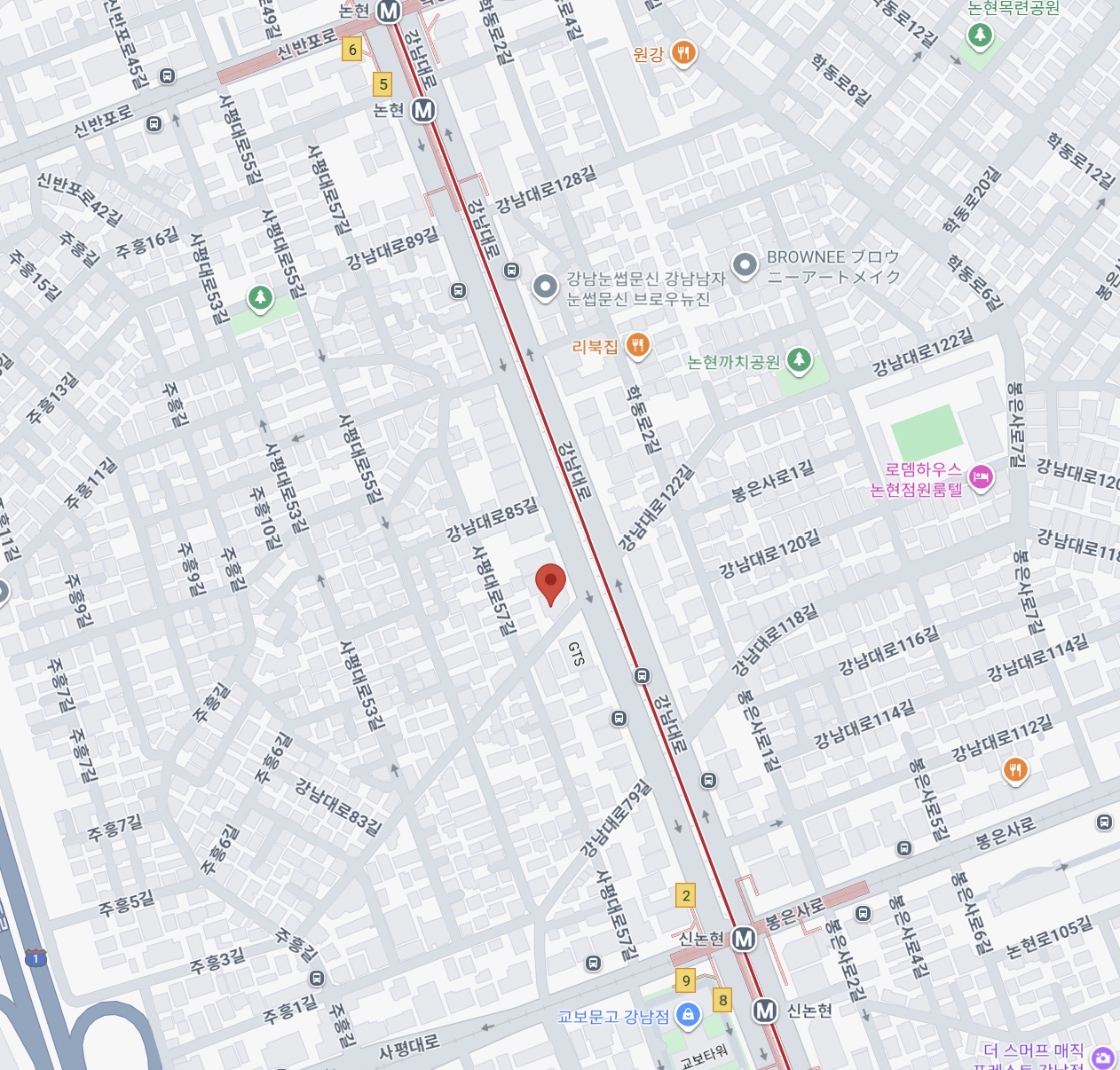Patellofemoral Pain Syndrome (Runner’s Knee) in Seoul, Korea
English-speaking patellofemoral pain care made easy at one trusted clinic in Seoul. Discover Nucellin’s doctor-supervised knee treatments, transparent pricing, and real patient results—all in one place.
Care for International Patients
Front-of-knee pain with stairs, squats, or long sitting? At Nucellin Orthopedic Clinic (Yongsan, Seoul), Dr. Kim Hee-Jun provides doctor-supervised, English-friendly care for patellofemoral pain syndrome (PFPS)—aimed at fast pain relief, better tracking, and a confident return to activity.
What is Patellofemoral Pain Syndrome?
PFPS (often called runner’s knee) is irritation of the tissues around the kneecap (patella) due to overload, poor tracking, or muscular imbalance. It’s common in runners, hikers, and desk workers alike.
Typical symptoms:
- Achy pain behind or around the kneecap
- Worse with stairs, squats, lunges, hills, running, or prolonged sitting (“movie sign”)
- Clicking or grinding (crepitus), occasional swelling, and stiffness
How We Diagnose
- Focused knee exam (patellar tracking, alignment, hip/ankle mechanics)
- Functional tests (step-down, squat pattern, single-leg control)
- Ultrasound as needed to assess surrounding soft tissue; X-ray/MRI only if atypical features
Treatment Options
1) Conservative Care (First Line)
- Targeted physical therapy:
- Hip abductor/external rotator and quadriceps (esp. VMO) strengthening
- Ankle/hip mobility and motor control
- Patellar tracking drills and neuromuscular training
- Load management: adjust volume, intensity, hills, and squat depth
- Taping/Bracing: McConnell or kinesio taping; patellar-tracking brace for short-term support
- Footwear/Orthoses: shoe review; consider arch supports if excessive pronation contributes
- Home program: travel-friendly exercises with clear weekly progressions
2) Adjunct Therapies (Case-by-Case)
- Shockwave (ESWT) for chronic tendinopathy components (e.g., patellar tendon)
- Ultrasound-guided injections when indicated:
- Corticosteroid for short-term synovial/bursal flare control
- PRP for recalcitrant patellar tendinopathy, not routine PFPS
All procedures are image-guided for precision and safety.
3) Return-to-Run / Sport Progression
- Criteria-based steps: walk → jog → run → tempo/hills
- Cadence cues, step-width and stride adjustments to reduce patellofemoral load
- Strength and plyometric checkpoints before full return to sport
Why Choose Nucellin & Dr. Kim
- Orthopedic specialist oversight from diagnosis to full return-to-sport
- Integrated pathway: rehab + ESWT + image-guided procedures when appropriate
- English-speaking team, written aftercare, and transparent pricing
- Travel-smart scheduling for expats, students, and visitors in Seoul
What to Expect
- Consult & Exam — Bring prior imaging or shoe/orthotic info if available.
- Personalized Plan — Clear milestones, do’s & don’ts, and cost estimate.
- Treatment Phase — PT foundation; taping/brace and adjuncts as indicated.
- Return to Activity — Structured, criteria-based progression for stairs, gym, and running.
- Follow-Up — In-clinic or remote check-ins; prevention plan for future training blocks.
FAQs (Quick)
- How long to recover? Many improve in 4–6 weeks with consistent rehab; chronic cases may take longer.
- Can I keep running? Often yes—with modified mileage and terrain while strengthening.
- Do I need an MRI? Usually not; imaging is reserved for atypical or unresponsive cases.
- Are injections required? Rarely—used selectively for persistent inflammatory or tendinopathy components.
Pricing & Booking
We provide upfront, transparent pricing and itemized receipts (check your policy for reimbursement).
Ready for pain-free stairs and runs? Book a PFPS evaluation with Dr. Kim Hee-Jun at Nucellin Orthopedic Clinic and get a clear, English-friendly plan in the heart of Seoul.

